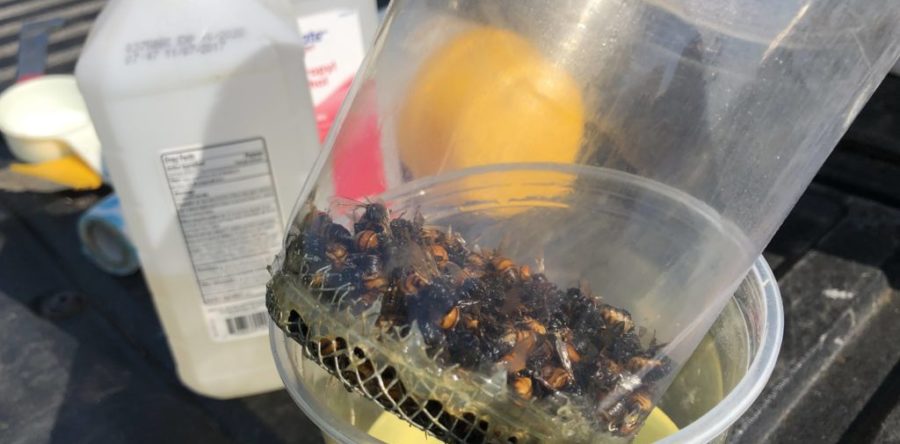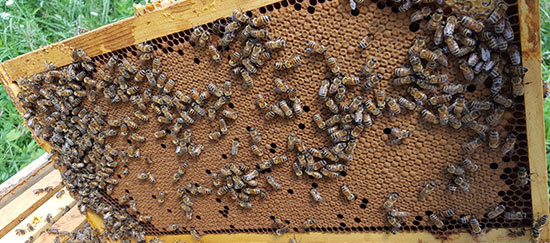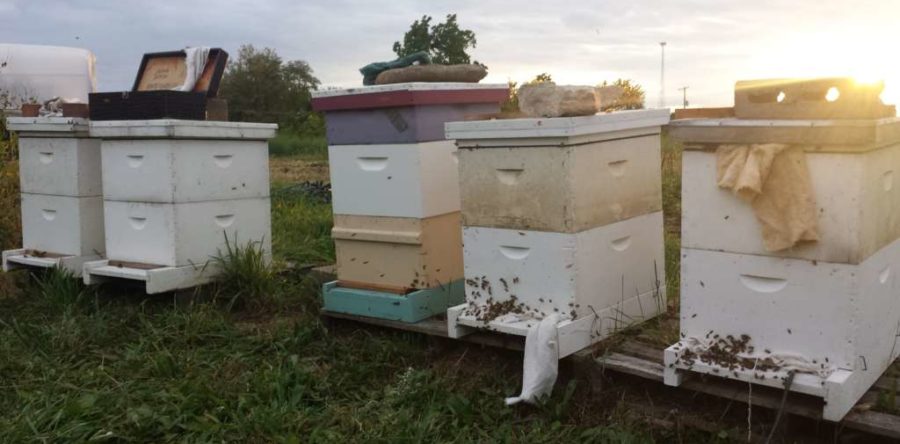In November, your bees will become broodless and start to cluster together in dormancy. The exception is a periodic warm spell that allows them to move closer to stored honey and make those all-important cleansing (defecating) flights. Therefore, the beekeepers’ work starts to dwindle a little as your hives should be ready for winter with…
Read more
Beekeeping Tips for November





